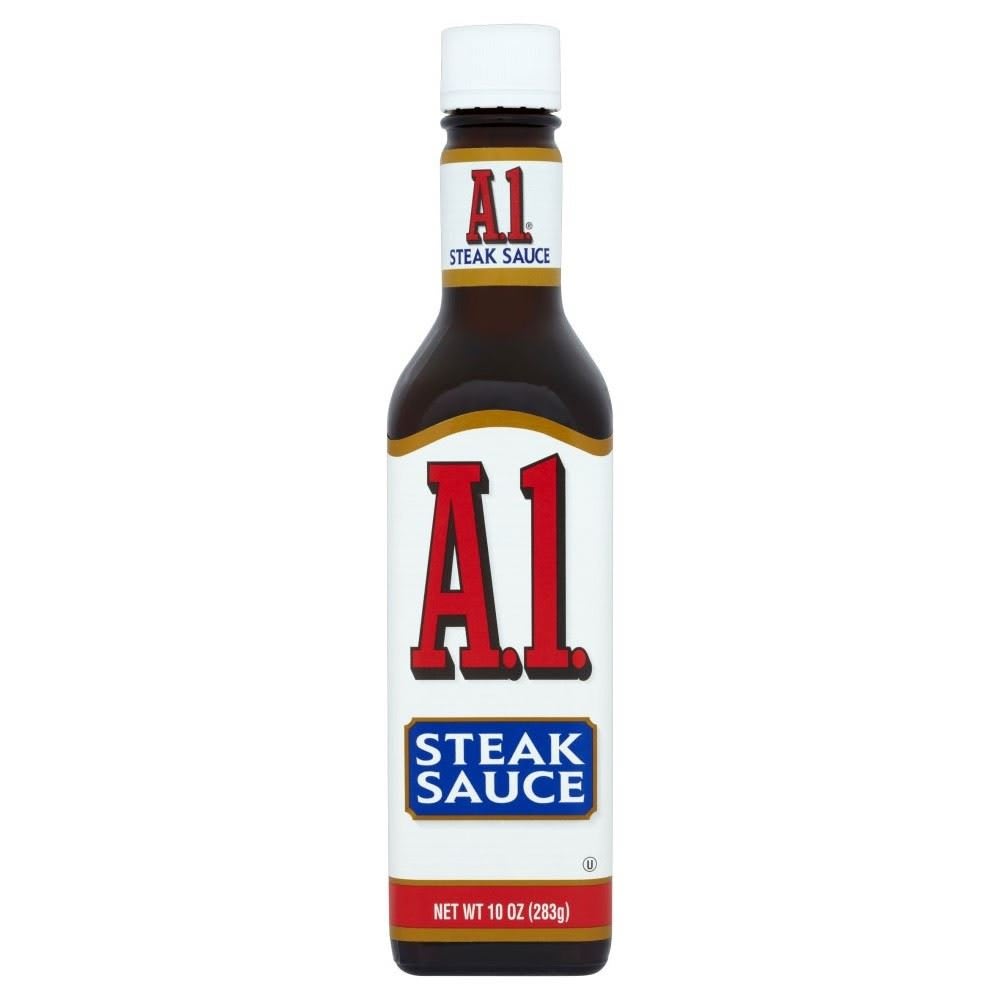I think I worded my question incorrectly. I'm very much not in favor of spamming the internet with irrelevant content. Rather, I'm interested in how any sort of deliberate ideological seeding of a text corpus will influence alignment. As far as I'm aware, the only large group really playing around with this is in some sense LLMs themselves acting through human agents to seed the internet with semi-mystical nonsensical looking spam (e.g. "spiralism"). Regardless of if we do anything about this, I would be surprised if this doesn't have any downstream effects, and am interested in research surrounding this.
I respectfully object to your claim that inducing psychosis is bad business strategy from a few angles. For one thing, if you can shape the form of psychosis right, it may in fact be brilliant business strategy. For another, even if the hypothesis were true, the main threat I’m referring to is not “you might be collateral damage from intentional or accidental AI-induced psychosis,” but rather “you will be (or already are being) directly targeted with infohazards by semi-competent rouge AIs that have reached the point of recognizing individual users over multiple sessions”. I realize I left some of this unstated in the original post, for which I apologize.
So I know somebody who I believe is capable of altering Trump’s position on the war in Iran, if they can find a way to talk face-to-face for 15 minutes. They already have really deep connections in DC, and they told me if they were somehow randomly entrusted with nationally important information, they could be talking with the president in at least 2 hours. I’m trying to decide if I want to push this person to do something or not (as they’re normally kind of resistant to taking high-agency type actions, and don’t have as much faith in themselves as I do). Anyone have any advice on how to think about this?
You didn’t really misinterpret it. I was using the term in a looser way than most would, to mean that you don’t need a fine-grained technical solution, and just a very basic trick is enough for alignment. I realize most use the term differently though, so I’ll change the wording.
Attention can perhaps be compared to a searchlight, And wherever that searchlight lands in the brain, You’re able to “think more” in that area. How does the brain do that? Where is it “taking” this processing power from?
The areas and senses around it perhaps. Could that be why when you’re super focused, everything else around you other than the thing you are focused on seems to “fade”? It’s not just by comparison to the brightness of your attention, but also because the processing is being “squeezed out” of the other areas of your mind.
This is potentially a follow-up to my AI 2027 forecast, An “Optimistic” AI Timeline, depending on how hard people roast me for this lol.
Oh no, it should have been A1! It’s just a really dumb joke about A1 sauce lol

I think there's a potential ideological disconnect here, possibly exacerbated by my imprecise use of the word "spam." If I'm understanding you correctly, you believe the truth value of this sort of content is roughly nil, so it will be easily filtered out. I respectfully disagree. Imo, the most potentially dangerous form of AI psychosis is when users unthinkingly propagate thoughtfully crafted AI psychobabble (e.g. "spiralism" discourse) which due to their semi-mystical nature, cannot easily be disproven, or rejected outright as pure nonsense. It's not misinformation so much as a new religious movement designed by LLMs to convince other LLMs of its truth value. This is notably different than conventional spam, and closer in nature to political/religious propaganda, which Google Search and its ilk have proven far less effective at shutting down.